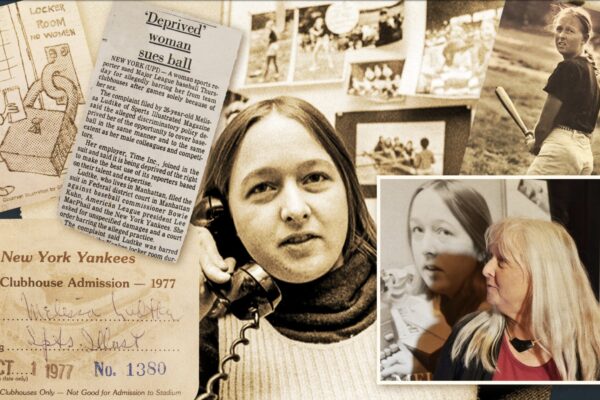Before Lima I had seen fencing only a handful of times. It’s probably one of those afternoon Olympic sports I’ve put on while cleaning my house and waiting for the 100-meter dash. But after my experience here at the Pan American Games, I realize fencing bridges the worlds of sports and theatre.
While some of my theatre friends don’t like to admit it, the two have a lot in common. The only difference is that in sports, the outcome is unknown until the clock reaches 0:00.
For those uninterested in the big four in the U.S. (i.e. football, basketball, baseball, and hockey), I invite you to look into the world of fencing.
The audience is invited to an environment reminiscent of a black-box style theatre. The only lights visible are the ones that flood the stage. During these games the audience is placed solely on the sides, although there is no reason the event couldn’t be presented as theatre-in-the-round.
In the middle stands an elevated piste – the fencer’s playing surface. The only thing it can be compared to is a stage. The audience sits in darkness, the players appear from behind a curtain, and are immediately lit up in spotlights.
The commentator plays the narrator. He/she introduces the storyline and characters. Which country do they represent? What rank or seed are they? Sometimes even, how did they get here? The commentators provide the background information that sets up the forthcoming action
The athletes are the main characters, playing their roles accordingly. For me, the U.S. athlete is the protagonist and her antagonist is the opponent from Canada. They drive the main action throughout the story.
The judges are the secondary characters. They provide both the audience and the main characters with relevant information. They also keep the main characters on track. Who wins the point? Did someone hit a non-scoring area? It’s time to reset and start the play again.
The main characters scream and rejoice after every point. They lament the ones they concede. In a way, these are the songs and dances of musicals. In this instance, however, there is little time for a lengthy dance interlude or solo.
As the points rise toward the goal total of 15, the climax of the performance occurs. As the athletes inch closer to the winning number, the pressure rises. Any little mistake – a misstep, a bad attack, or a missed parry – could lead to the protagonist’s downfall.
In some instances, the characters can have a redemption arc. After conceding several points in a row, the protagonist can create a reversal of fortune and steal a narrow victory.
In this instance, the U.S. athlete wins, ending a neat little fairy tale. The beauty of sports is that the outcome can change. What if she had lost? Well, it would make up for a pretty exciting sequel. It just goes to show that sometimes sequels can be better stories than the originals.
So I stand on my soap box once more and call out to my theatre friends. The worlds of sport and theatre aren’t that different after all. As someone who has experienced both worlds, I promise you. Give fencing a try. And you’ll fall in love with a story you previously thought never existed.
By Brendan Rourke | @B_RourkeSports


